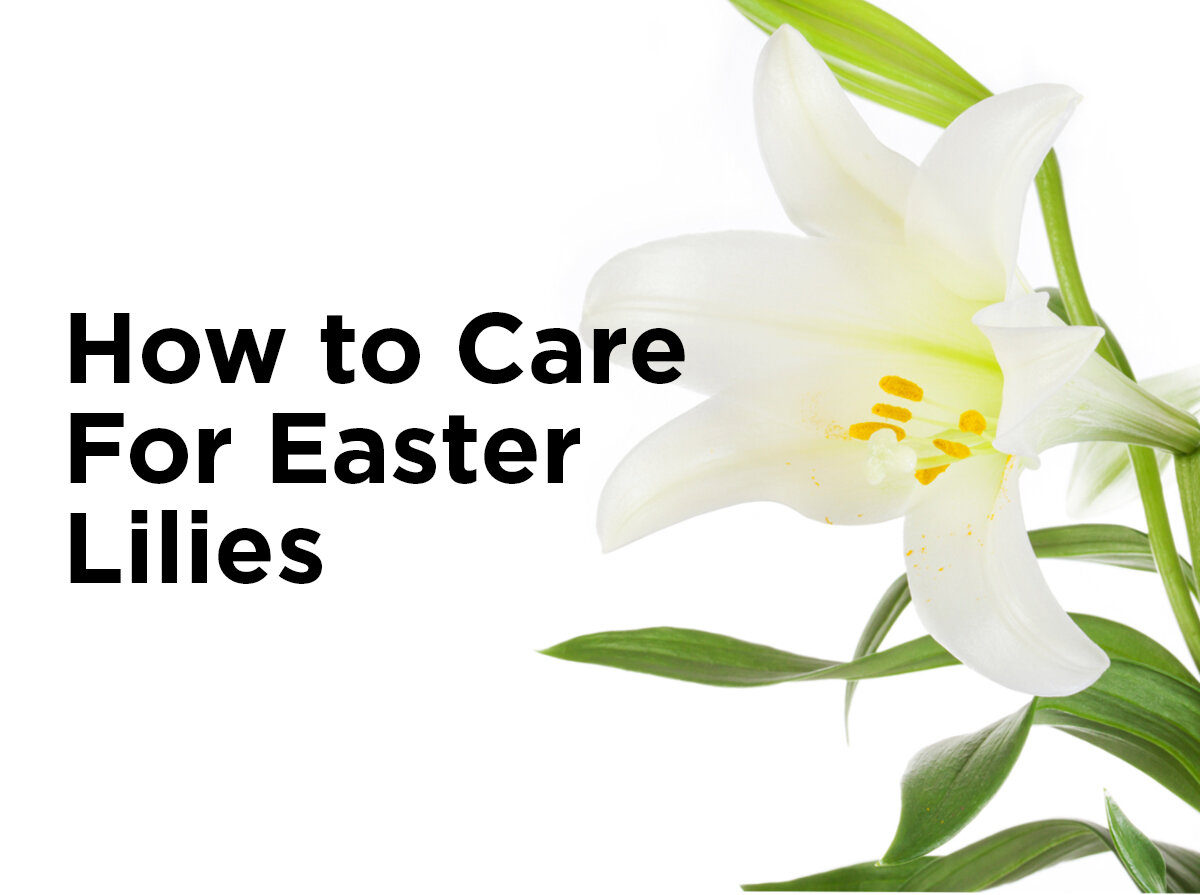Poinsettia Care for Winter-Long Blooming
December 12th is honored as National Poinsettia Day, and with it just having passed us, I imagine a quick glance around your home will reveal at least one of these beautiful plants sitting in splendor on a window sill. It may surprise you to learn that these beautiful holiday plants are actually small trees, not flowers. The blooms on these plants are very small and unattractive, but it’s the bright red bracts (modified leaves) that attract insects for pollination and entice us to decorate our homes with this festive shrub. With proper care, they won’t just give you a beautiful winter, but they can grace your home with vibrant colors next year too.
Winter Care
Poinsettias require watered but dry conditions (don’t drown your plants), warm weather, and lots of light to ensure that your poinsettia’s bracts stay red all winter. First, remove the foil from the pot your poinsettia comes in to let water drain from the soil properly. Standing water is hazardous to these warm weather plants, so be sure to water them only when the soil starts to feel dry. Gently pour water over the roots until it starts to drain out of the holes in the pot. If you want to care for them hydroponically, an ebb-and-flow system works extremely well.
Keep the temperature around 65-75 degrees Fahrenheit and keep the leaves well away from cold surfaces (e.g. window panes) and drafty halls such as near an outer door. Finally, keep it in as much indirect sunlight as possible. A South-, East-, or West-facing window is ideal. Proper care will keep your plant in bloom through the winter.
Care Throughout the Year
Getting a poinsettia to re-bloom the following year is difficult. Professional nurseries have a very rigid schedule and process that’s hard to duplicate in-home, but it is possible to put in the care required to have beautiful red bracts the following Christmas. First you’ll need to prepare your plant to survive the rest of the year.
Take care of your plant as you have been and feed it with a houseplant fertilizer regularly. Do this until the nighttime temperatures outside are around 60 degrees F. In late March or early April, prune the poinsettia back to 6-8 inches tall and repot it before placing it outside for the summer. Resist the urge to plant it in a larger pot. You want to keep the same root system so your poinsettia will focus on growing a strong stem and leaf system. Place the poinsettia where it will receive 6-8 hours of light each day. Placing the pot in a flowerbed is ideal, but if the pot is in direct contact with soil you’ll want to rotate or lift the pot every week to prevent the plant from rooting into the earth through the drainage holes.
Keep the plant fed and watered throughout the summer. In late July pinch the plant (remove the growing tip and the upper 2-3 leaves on each stem) to keep the plant stocky and branched out. As soon as the nighttime temperatures begin falling into the 50s, bring the plants back inside.
Now you’re ready for the hardest part: Re-blooming.
How to Re-Bloom Your Poinsettia
The color change in the bracts is triggered by photoperiodism, a one-word way of saying the change is caused by extensive periods of darkness – roughly 12 hours of constant darkness for multiple days in a row. You’ll need to start this cycle well in advance to trigger the change properly. Growth is also triggered by changes in temperature (this is similar to forcing growth using temperature differentials).
Begin your darkness and temperature treatments on October 1st. Place your poinsettia in absolute darkness from roughly 5 PM to 8 AM. The best method is to place your poinsettia under a box in a closet. Placing it in a closed room can lead to disruptions in the cycle if someone opens the door. You will also need to regulate the temperature. Nighttime temperatures should range between 65-70F while daytime temperatures should sit between 70-80F. There needs to be a difference of 7-10 degrees, so don’t just leave the thermostat at 70. Keep this process completely rigid until the bracts start to change color (roughly around Thanksgiving). At this point, make sure that your plant gets 6-8 hours of full sunlight until the bracts are completely colored. Then, you can place it near a window with indirect sunlight and enjoy another well decorated holiday.
As an added note, if you’re using a hydroponics system, you can leave the plants in your closed grow room and use a timed grow lamp to get more precise day/night cycles.
And there you have it: Proper care and maintenance for your lovely poinsettias to make them last. It takes a lot of care, preparation, and work to bring your plant through to the next year. This is really a project I’d recommend only for those who really love high maintenance gardening. If that’s you, or you just really like a challenge, then take this and run with it. For everyone else, enjoy the brightly colored leaves while they last, and add the plant to a compost heap when you’re done. Feel free to share your experiences in caring for your own plants with us in the comments below. Or, if you’ve already decorated with poinsettias and other Christmas plants, share the images and stories with us over Facebook, Twitter, LinkedIn, Pinterest, or Instagram!







